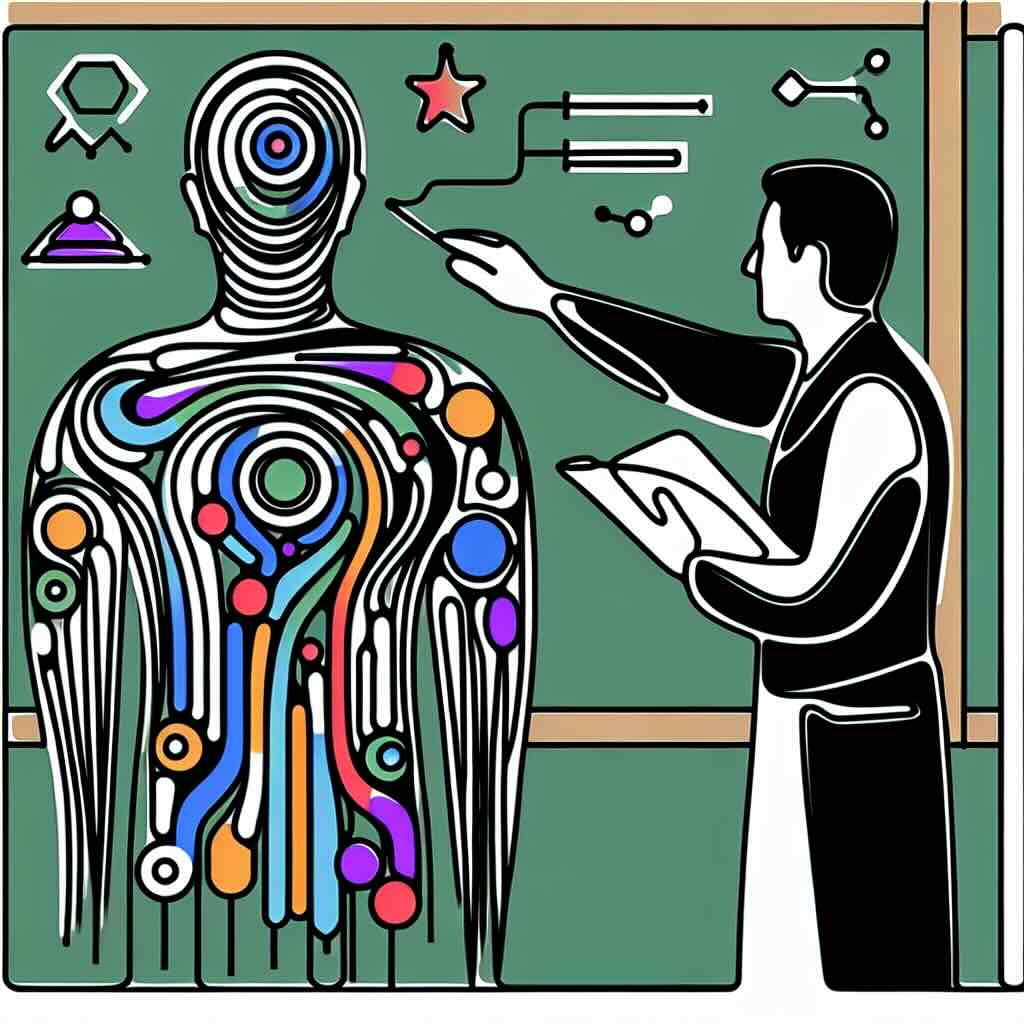Individually, and together, mobile learning helps more learners with flexible access
In today’s fast-paced world, mobile learning offers the flexibility and convenience that traditional learning methods often can't. This blog post explores the impact of mobile learning, along with its benefits and risks. Whether you're a seasoned instructional designer or new to the field, you'll gain insights into how to create effective mobile learning experiences that cater to learners everywhere.
Table of Contents
1. Introduction to Mobile Learning
2. The Benefits of Mobile Learning
3. Potential Risks and Challenges
4. Designing Effective Mobile Learning
5. The Future of Mobile Learning
6. One Thing You Can Try Today
7. Conclusion
8. Try it yourself
9. Related Topics
Introduction to Mobile Learning
Mobile learning, sometimes referred to as m-learning, allows learners to access educational content through their smartphones, tablets, and other mobile devices. The shift towards mobile learning is driven by the continuous advancements in technology and the increasing need for flexible, on-the-go learning solutions. With internet connectivity, learners can participate in lessons, complete assessments, and interact with instructors from virtually any location. This paradigm shift requires instructional designers to think creatively and innovatively to develop engaging and effective educational content that addresses a need for learners who require a flexible format, and has been designed for their mobile devices.
The Benefits of Mobile Learning
Mobile learning provides a myriad of benefits that make education more accessible and engaging. Firstly, it offers flexibility and convenience, allowing learners to study at their own pace and from any location, be it at home, on a commute, or during a break at work. Secondly, mobile learning often incorporates interactive features such as quizzes, videos, and discussion forums that enhance learner engagement. Thirdly, it supports personalised learning paths tailored to individual needs and preferences. Furthermore, mobile learning can be cost-effective for institutions, reducing the need for physical materials and on-campus facilities. These advantages make mobile learning an appealing option for both learners and educators.
Potential Risks and Challenges
Despite its numerous benefits, mobile learning does come with its set of challenges. One of the primary concerns is the digital divide; not all learners have access to reliable internet and advanced mobile devices. Additionally, the small screens of mobile devices can be a limitation for content that requires substantial reading or complex interactivity. There are also issues related to cybersecurity and data privacy, as mobile devices can be more vulnerable to breaches. Another challenge is maintaining learners' attention in environments that are full of distractions. While the prospects of mobile learning are promising, these challenges should be diligently addressed by instructional designers to ensure a seamless and effective learning experience.
Designing Effective Mobile Learning
To design effective mobile learning experiences, instructional designers need to follow best practices that cater to the needs of mobile users. It is essential to create content that is concise and broken down into manageable segments to avoid overwhelming learners. Using multimedia elements like images, videos, and audio can enhance understanding and retention. User interface design must be intuitive, ensuring that navigation is simple and straightforward. Additionally, incorporating interactive elements such as quizzes, polls, and discussion boards can keep learners engaged. Importantly, content must be optimised for various mobile devices and screens to provide a consistent experience for all users. Following these guidelines can maximise the efficacy of mobile learning solutions.
The Future of Mobile Learning
The future of mobile learning will likely be characterised by further integration of advanced technologies such as artificial intelligence (AI), augmented reality (AR), and virtual reality (VR). AI is showing to provide personalised learning experiences by adapting content to meet learners’ progress and preferences. AR and VR can create immersive and interactive environments that simulate real-life scenarios. Additionally, as 5G technology becomes more widespread, the speed and reliability of mobile internet will significantly improve, making mobile learning even more seamless and effective. These innovations will not only enhance the immersion and engagement of learners but also expand the possibilities of what can be achieved through mobile learning.
One Thing You Can Try Today
Here’s a quick exercise to get started with mobile learning design. Talk to your existing learners, ask them what they access 'on the go' and why. It's important to understand their needs before creating any new content or activities. You can compare this with any analytics or data, if available, to see how your platforms are accessed by mobile devices. You can then look at selecting some existing course material and exploring how you might break it down into short, digestible segments, each no longer than 5 minutes. In terms of media, you'll want to use a mix of text, images, and videos. Test this on a mobile device to ensure it’s user-friendly and intuitive. It's advised to share this with existing learners first, to evaluate if it helps them with their learning. This is a low cost, device-friendly way to start experiments with mobile learning - and ensure it meets learners' needs.
Conclusion
Mobile learning has revolutionised the way education is delivered and accessed, providing flexibility, interactivity, and personalisation. However, it also presents challenges in terms of accessibility, screen limitations, and cybersecurity. By following best practices and staying abreast of technological advancements, instructional designers can create powerful mobile learning experiences that cater to a diverse range of learners.
Try it yourself
1. Audit your current course materials for mobile compatibility.
2. Develop a prototype mobile learning segment using the principles discussed.
3. Gather feedback from a small group of learners to refine your mobile course design.
Related Topics
- E-Learning Best Practices
- The Role of Interactivity in Online Learning
- Leveraging AI in Educational Content
- Personalizing Learning Experiences through Technology
- Gamification in Education
- Accessibility in Online Learning







